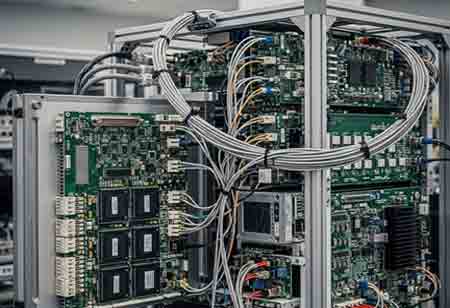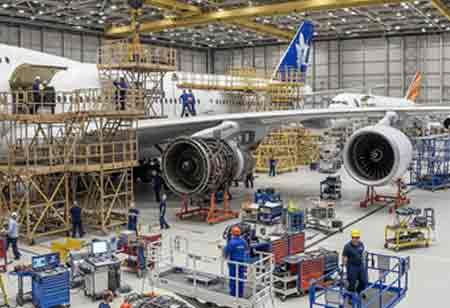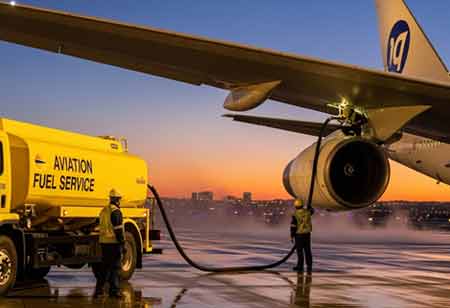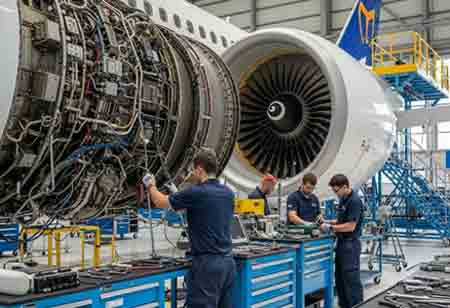Fremont, CA: The aerospace and defense electronics sectors in the Asia Pacific (APAC) region are growing and transforming rapidly. Such growth can be attributed to shifting geopolitical dynamics, together with technological innovation around the world, as most countries in APAC have sunk substantial investments and resources into next-generation aerospace and defense solutions.
Simultaneously, demand for improved, sophisticated defense systems and cutting-edge, modern aviation technologies from all parts of the globe is causing shifts within the sector. As a result, aerospace and defense electronics within the region have become more integrated, advanced, and involved in solving national and global challenges. Digitalization trends within APAC's aerospace and defense electronics market today point toward the future of this transforming industry.
Increased Demand for Advanced Electronics in Defense Systems
Rising security concerns in the South China Sea and the Korean Peninsula are propelling demand for advanced electronics in defense systems in the Asia-Pacific region (APAC). Nations are enhancing their military capabilities with high-tech radar, communications, and surveillance equipment. Advanced electronics include sensors, radar systems, and electronic warfare technologies that render defense operations effective and precise. Advanced electronics integrated with new fighter jets, uncrewed aerial vehicles, and naval vessels can provide situational awareness and targeting. With increasing defense budgets, the demand for high-performance electronic systems is rising.
Rise of Artificial Intelligence and Automation in Aerospace
Artificial intelligence (AI) and automation are progressively becoming major components of the aerospace industry in APAC. The region's aerospace manufacturers and defense contractors use AI to improve flight safety, reduce human errors and enhance operations' general safety and efficiency. Autonomous flight systems, predictive maintenance, and air traffic management are increasingly being integrated into an artificial intelligence program.
Furthermore, both UAVs or drones for warfare and the civilian sector are utilized by advances in AI-influenced systems that provide support for operations to be made autonomous using real-time data analysis and subsequently enhanced decision-making, which has its critical applications in defense and commercial aerospace. Countries like China and India are already building AI-driven indigenous technologies to meet aerospace challenges. With the growth in areas such as automation, the future of the APAC aerospace sector will eventually steer it into becoming a leader in cutting-edge aviation technology.
Cybersecurity and IoT Trends in Aerospace and Defense
With the increasing sophistication of aerospace and defense electronics, there is a growing emphasis on integrating cybersecurity and the Internet of Things (IoT) in these systems. Defense platforms are increasingly network-connected, and sensitive data and systems must be protected. A prime development has made cybersecurity critical as APAC nations invest in protection for military networks and communications to prevent hacking.
However, advances in IoT also allow real-time monitoring of the systems that give rise to condition-based predictive maintenance and improved management systems. For instance, military assets such as aircraft, tanks, and ships are now more interconnected than ever, enabling quicker diagnostics, repairs, and logistical support. All defense assets can be tracked and maintained remotely and with strong security measures, transforming how the military operates in the region.









